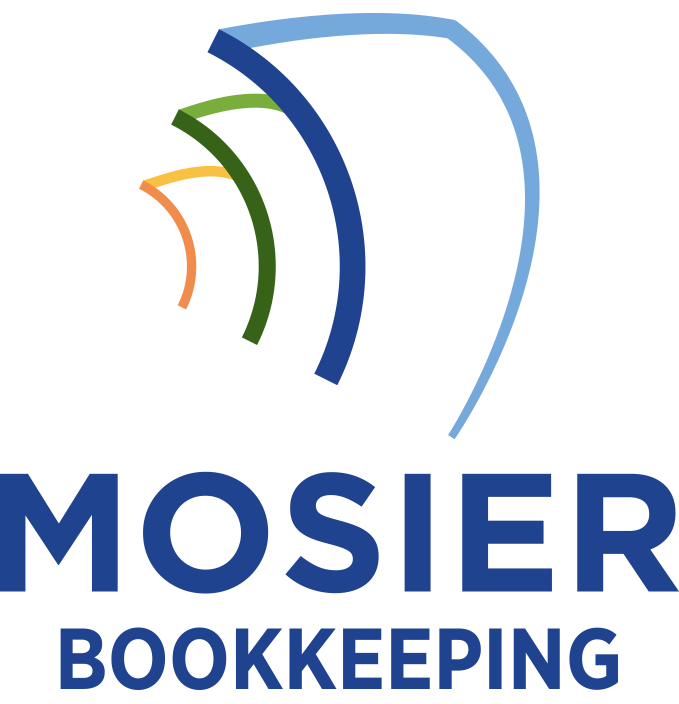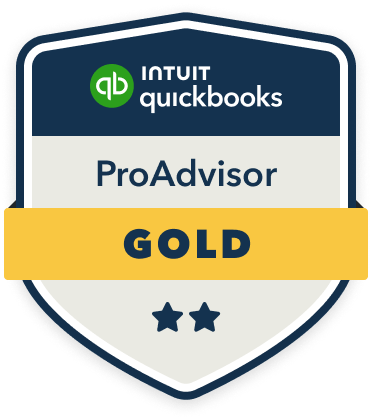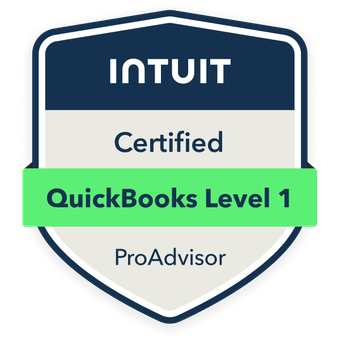From my analysis, businesses implementing risk management initiatives face five critical bookkeeping hurdles: cost allocation across departments, insurance documentation integration, real-time expense reporting, compliance requirements, and data system integration. I’ve found that overcoming these challenges requires establishing dedicated cost centers, centralizing digital repositories, implementing automated tracking systems, maintaining robust compliance protocols, and standardizing data taxonomies. The systematic solutions to these core challenges reveal a framework for optimized risk management accounting.
Tracking and Allocating Risk Management Costs Across Departments

When implementing a thorough risk management program, accurately tracking and allocating associated costs across multiple departments presents unique bookkeeping challenges. I recommend establishing dedicated cost centers and implementing activity-based costing to precisely measure risk management expenditures. You’ll need to create standardized allocation keys based on risk exposure levels, department size, and historical incident data.
I’ve found that integrating automated expense tracking systems with your risk management software enables real-time cost monitoring. This integration lets you quickly identify cost variations, adjust allocations, and generate detailed reports that demonstrate ROI to stakeholders while maintaining strict accountability across your organization’s risk management initiatives.
Integrating Insurance Documentation With Financial Records
Proper integration of insurance documentation with financial records builds upon effective cost allocation strategies while introducing additional complexity to the bookkeeping process. I recommend using a centralized digital repository to track policy premiums, claims, and deductibles alongside your standard financial entries.
I’ve found success implementing a three-tier classification system: policy documentation, claims processing, and premium payment reconciliation. Each tier links directly to corresponding general ledger entries through specialized insurance accounting codes. This enables real-time monitoring of insurance-related expenses and facilitates accurate reporting for both tax purposes and stakeholder analysis.
Real-Time Reporting of Risk-Related Expenses and Liabilities

Real-time reporting of risk-related expenses and liabilities demands a sophisticated monitoring architecture that integrates multiple data streams. I recommend implementing automated data validation protocols that flag anomalies in risk exposure metrics within milliseconds. This enables immediate corrective action.
I’ve found that leveraging cloud-based APIs to connect disparate financial systems creates a unified dashboard for instant liability tracking. You’ll need to configure real-time alerts for regulatory thresholds and automate compliance documentation. By integrating predictive analytics, you can anticipate potential risk events and their financial implications before they materialize, giving you decisive control over risk management outcomes.
Compliance Requirements in Risk Management Bookkeeping
Maintaining compliance in risk management bookkeeping requires adherence to multiple regulatory frameworks, including SOX, Basel III, and industry-specific mandates. I’ll show you how to master these requirements to protect your business and maintain control.
| Regulation | Key Requirements | Your Strategic Advantage |
|---|---|---|
| SOX 404 | Internal Controls | Enhanced Decision Power |
| Basel III | Capital Reserves | Market Dominance |
| IFRS 9 | Risk Classification | Competitive Edge |
| GAAP | Risk Disclosures | Stakeholder Trust |
You’ll need to implement robust documentation systems, maintain audit trails, and guarantee real-time compliance monitoring. I recommend automating compliance checks through specialized software and establishing clear accountability chains. This approach strengthens your position while minimizing regulatory exposure.
Data Management and System Integration Challenges

While integrating multiple data sources presents significant technical hurdles, the core challenge in risk management bookkeeping lies in synchronizing disparate systems and ensuring data integrity across platforms. I’ve found that implementing real-time data validation protocols and automated reconciliation systems can mitigate these challenges. I recommend deploying API-driven middleware solutions to bridge legacy accounting systems with modern risk management platforms.
To maximize data integrity, I’ll emphasize the importance of establishing standardized data taxonomies and implementing robust ETL (Extract, Transform, Load) processes. This approach enables seamless integration between your risk assessment metrics and financial reporting systems, creating a unified data ecosystem that powers informed decision-making.
